Table of content
Stir-frying, a cornerstone of Asian cuisine, is a culinary technique that marries speed, precision, and flavor. At its heart lies the seemingly simple yet deeply nuanced act of cooking meat slices to perfection. The question “How long should I stir-fry meat slices?” is one that both novice cooks and seasoned chefs grapple with, as the answer hinges on a delicate balance of variables. This article delves into the science, technique, and creativity behind achieving tender, juicy, and flavorful stir-fried meat slices every time. By understanding the interplay of heat, meat type, thickness, and equipment, you’ll unlock the secrets to elevating your stir-fry game from ordinary to extraordinary.
The Foundations of Stir-Frying: Heat and Timing
Stir-frying is a high-heat, quick-cooking method designed to seal in flavors and textures while retaining the meat’s natural moisture. Unlike slow-cooking techniques that break down tough fibers over hours, stir-frying relies on rapid searing to create a caramelized exterior while keeping the interior tender. The key to success lies in mastering the “wok hei”—the breath of the wok—a term that encapsulates the smoky, charred flavor imparted by intense heat.
To achieve wok hei, your cooking surface (wok, skillet, or pan) must be preheated to a searing temperature, typically between 400°F (204°C) and 500°F (260°C). At this heat, meat slices cook in a matter of minutes, making timing critical. Overcook by even 30 seconds, and you risk drying out the meat; undercook, and you’ll face chewy, unappetizing textures.
Factors Influencing Cooking Time
The duration for stir-frying meat slices is not a one-size-fits-all answer. Several factors dictate the ideal cooking time:
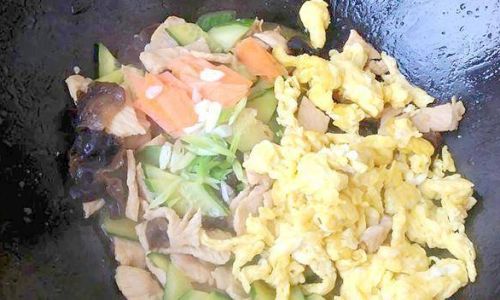
-
Meat Type:
- Beef: Flank steak, sirloin, or ribeye are popular choices. These cuts are tender when sliced against the grain and cooked briefly.
- Pork: Tenderloin, loin, or shoulder cuts work best. Pork cooks slightly faster than beef due to its lower fat content.
- Chicken: Boneless, skinless chicken breast or thigh meat is ideal. Thigh meat, with its higher fat content, tolerates slightly longer cooking without drying out.
- Lamb: Shoulder or leg cuts are preferred. Lamb’s robust flavor pairs well with bold marinades.
-
Thickness of Slices:
Thinly sliced meat (1/8 to 1/4 inch thick) cooks in 1–3 minutes, while thicker slices (up to 1/2 inch) may require 3–5 minutes. Slicing against the grain shortens muscle fibers, ensuring tenderness. -
Heat Level:
Consistently high heat is non-negotiable. If the heat drops (e.g., due to overcrowding the pan), cooking time increases, risking moisture loss. -
Marinades and Coatings:
Marinades containing acid (e.g., soy sauce, vinegar) or enzymes (e.g., pineapple, kiwi) tenderize meat but can alter cooking time. Starchy coatings (e.g., cornstarch) create a protective layer, slightly reducing cooking time. -
Desired Doneness:
Rare, medium, or well-done preferences affect timing. For stir-fries, medium-rare to medium is ideal to balance tenderness and safety.
Step-by-Step Guide to Stir-Frying Meat Slices
Preparation: The Key to Consistency
- Slicing Technique: Freeze meat for 20–30 minutes before slicing to firm it up, ensuring uniform, paper-thin cuts.
- Marinating: Marinate meat for 15–30 minutes in a mixture of oil, soy sauce, cornstarch, and aromatics (e.g., garlic, ginger). This enhances flavor and tenderizes.
- Prep Work: Chop vegetables, measure sauces, and arrange ingredients near the stove. Stir-frying is a rapid process—no time for multitasking!
Heating the Wok/Pan
- High Heat: Place your wok over high heat for 2–3 minutes until a drop of water evaporates instantly. Add 1–2 tablespoons of oil (peanut, vegetable, or avocado) and swirl to coat.
- Smoking Point: The oil should shimmer but not smoke. If it smokes, reduce heat slightly.
Cooking the Meat
- Batch Cooking: Add meat in a single layer, avoiding overcrowding. Cook in batches if necessary.
- Searing: Let the meat sear undisturbed for 30–60 seconds to develop a golden crust. Stir gently to flip slices.
- Timing:
- Beef/Pork: 1–2 minutes per side for thin slices; 2–3 minutes for thicker cuts.
- Chicken: 2–3 minutes total, flipping halfway.
- Lamb: 1.5–2.5 minutes, depending on thickness.
Testing for Doneness
- Visual Cues: Meat should turn opaque with browned edges. Avoid gray, overcooked patches.
- Touch Test: Press gently with a spatula. Firm but springy texture indicates medium doneness.
- Internal Temperature: Use a thermometer for precision: 145°F (63°C) for beef/pork/lamb (medium-rare); 165°F (74°C) for chicken.
Resting and Serving
- Resting: Transfer cooked meat to a plate and tent with foil. Rest for 2–3 minutes to redistribute juices.
- Combining with Vegetables: Return meat to the wok briefly after stir-frying vegetables to meld flavors.
Common Mistakes and How to Avoid Them
-
Overcrowding the Pan:
Overloading the wok lowers the temperature, steaming meat instead of searing it. Cook in batches and keep meat moving.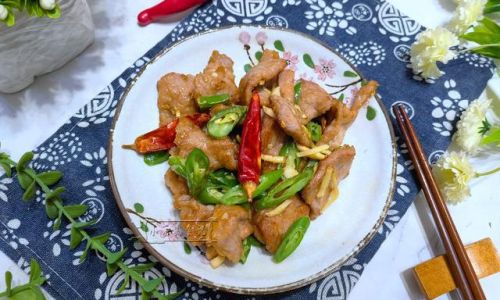
-
Low Heat:
Insufficient heat leads to soggy meat. Ensure your stove’s highest setting and a well-seasoned wok. -
Overcooking:
Residual heat continues cooking meat after removal. Undercook slightly, as it will finish resting. -
Skipping Marinades:
Marinades add flavor and prevent sticking. Even a 5-minute soak in soy sauce and oil helps. -
Using Lean Cuts Without Tenderizing:
Lean meats like chicken breast dry out quickly. Use thigh meat or brine lean cuts in saltwater before cooking.
Advanced Techniques for Perfect Meat Slices
-
Velveting (Chinese Method):
Marinate meat in a mixture of egg white, cornstarch, and rice wine. Blanch in simmering water or oil before stir-frying. This seals in moisture, yielding silken results. -
Dry-Aging:
For beef, age cuts in the refrigerator for 1–3 days to concentrate flavor. Pat dry before slicing.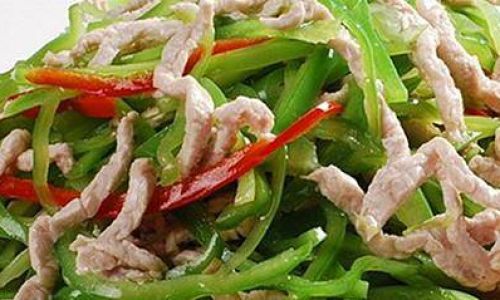
-
Searing in Batches:
Cook meat in batches, wiping the wok between batches to prevent burning. Deglaze with stock or wine for pan sauces. -
Using Alternative Proteins:
Tofu, tempeh, or seitan can be stir-fried using the same timing principles. Press excess moisture from tofu to prevent sticking.
Regional Variations in Stir-Frying
-
Cantonese-Style Stir-Fry:
Emphasizes quick, high-heat cooking with minimal seasoning. Meat is often velveted for tenderness. -
Sichuan Stir-Fry:
Incorporates fiery spices and numbing Sichuan peppercorns. Meat is marinated in Shaoxing wine and soy sauce. -
Thai Basil Stir-Fry:
Uses holy basil, garlic, and chili for bold flavors. Chicken or pork is stir-fried with oyster sauce and fish sauce. -
Japanese Yakisoba:
Features noodles stir-fried with meat and vegetables. Thinly sliced pork belly is a classic choice, cooked until crispy.
Pairing Meat Slices with Vegetables and Sauces
-
Vegetable Pairings:
- Crisp-Tender Veggies: Bell peppers, snap peas, and broccoli cook in 2–3 minutes. Add after meat is seared.
- Leafy Greens: Bok choy or spinach wilt in 1–2 minutes. Add during the final minute.
- Aromatics: Garlic, ginger, and scallions should be stir-fried first to release their oils.
-
Sauce Combinations:
- Classic Soy-Based: Soy sauce, oyster sauce, and sesame oil.
- Spicy Black Bean: Fermented black beans, chili, and rice wine.
- Sweet and Sour: Ketchup, pineapple juice, and vinegar.
Troubleshooting Guide
| Issue | Cause | Solution |
|---|---|---|
| Chewy Meat | Overcooking or tough cut | Use tender cuts; cook to medium-rare |
| Soggy Texture | Overcrowding pan | Cook in batches; increase heat |
| Lack of Flavor | Insufficient marinating | Marinate longer; add aromatics early |
| Burnt Bits | High heat without stirring | Stir continuously; deglaze with liquid |
The Science Behind Stir-Frying
Stir-frying is a symphony of Maillard reactions and caramelization. At high temperatures, amino acids and sugars on the meat’s surface react, creating hundreds of flavor compounds. Simultaneously, rapid cooking denatures proteins without squeezing out moisture, preserving juiciness.
The wok’s shape aids this process: its sloped sides allow oil to pool at the bottom for searing, while stirring distributes heat evenly. Modern nonstick pans can work but require careful temperature control to avoid scorching.
Conclusion: The Journey to Stir-Fry Mastery
Stir-frying meat slices is an art that rewards patience, practice, and attention to detail. While timing charts provide guidelines, trust your senses: the sizzle of the wok, the aroma of searing meat, and the visual transformation from raw to golden-brown are your ultimate guides. Experiment with cuts, marinades, and heat levels to discover your signature style.
Remember, even seasoned chefs misjudge timing occasionally. The difference between a flawless stir-fry and a mediocre one often hinges on seconds—so stay vigilant, stay hot, and let your wok do the talking. With dedication, you’ll soon serve meat slices that are not just cooked, but celebrated.
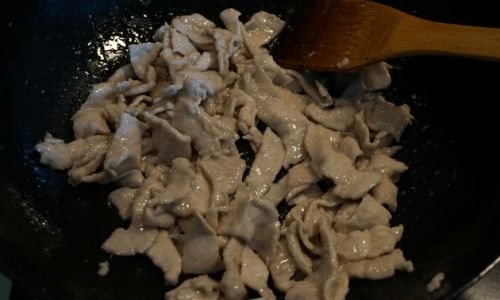
Final Tip: Keep a kitchen timer handy during early attempts. Over time, you’ll internalize the rhythm of the wok, turning stir-frying into second nature. Happy cooking!
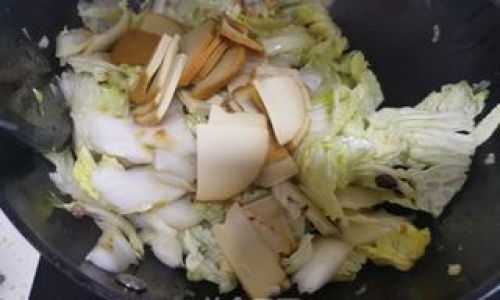


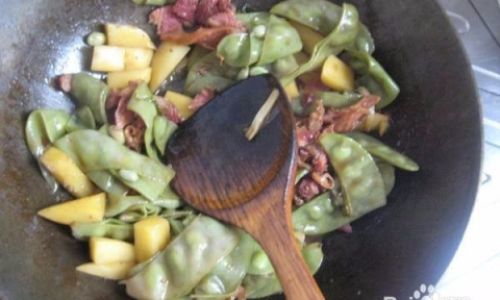
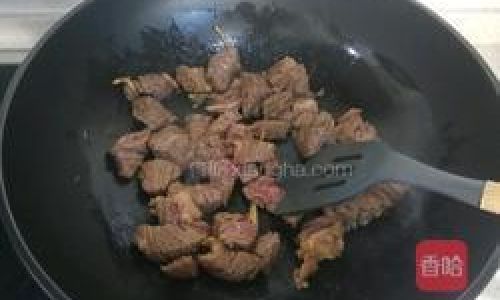
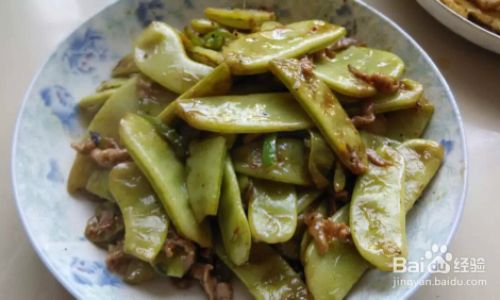
0 comments